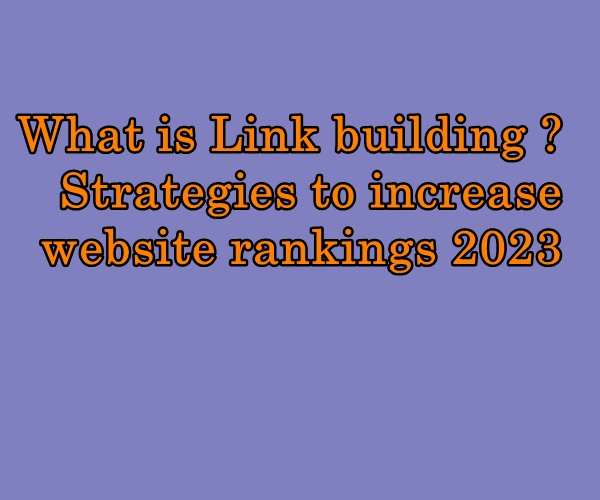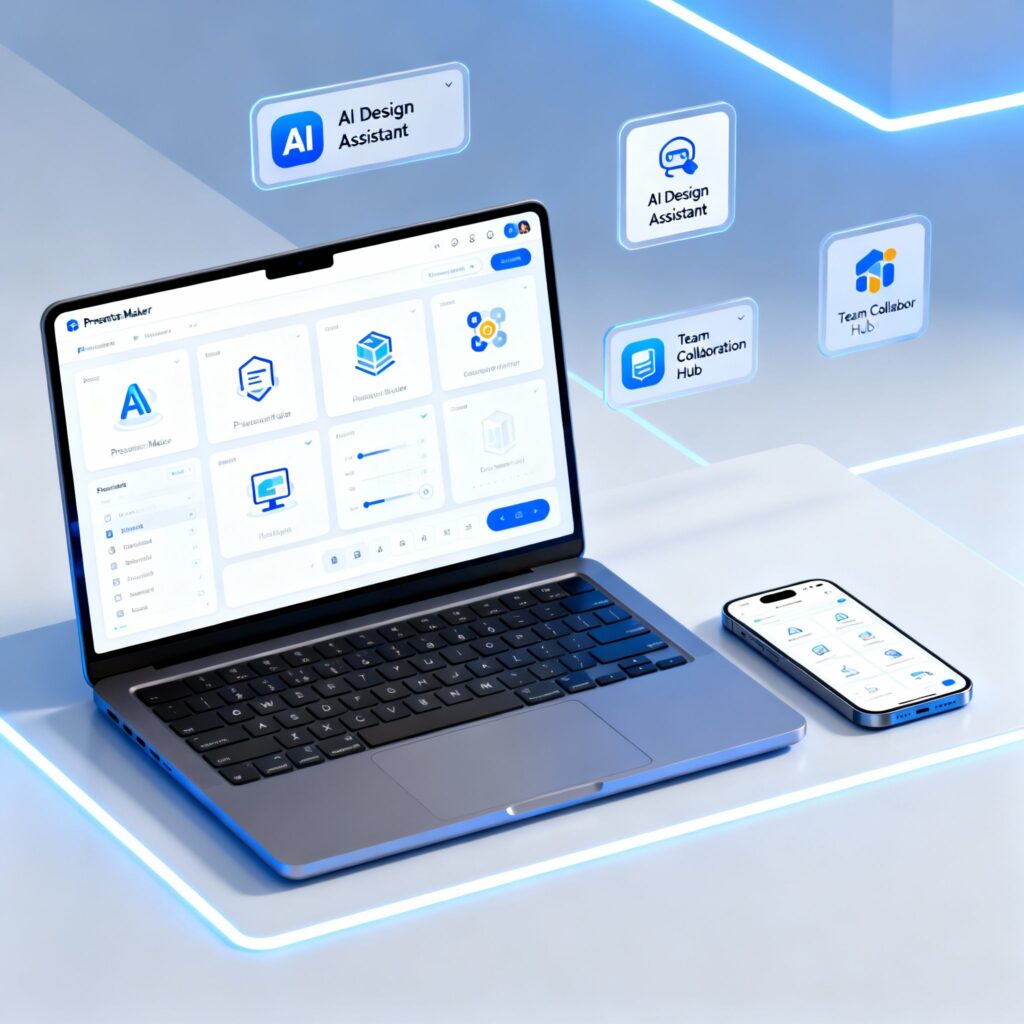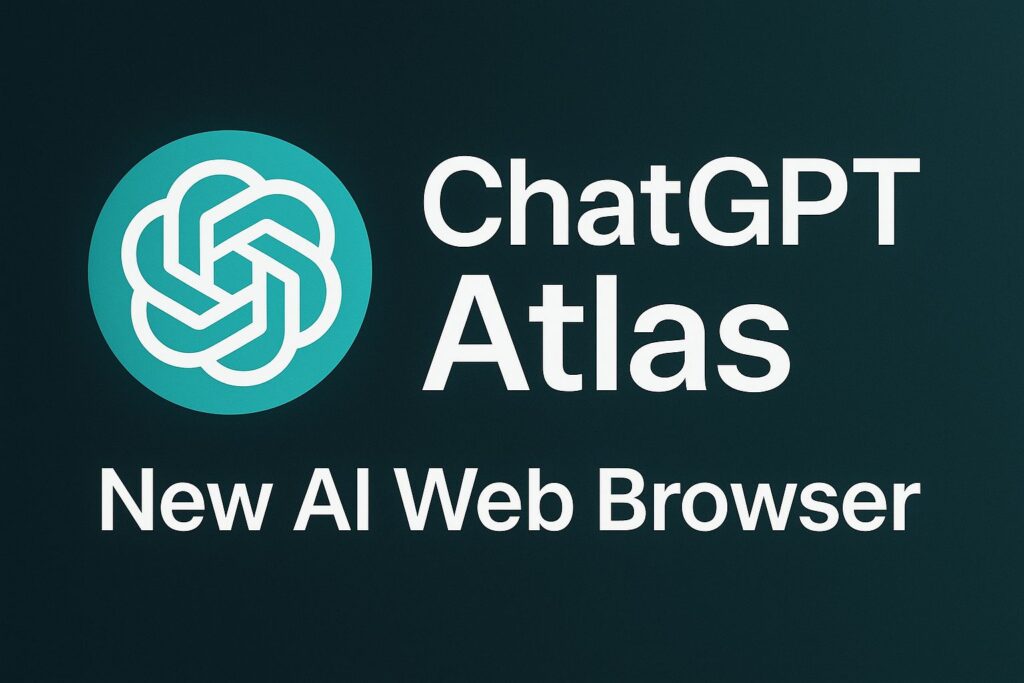Link building refers to the process of acquiring backlinks (also called inbound links) to your website from other websites. It’s an important search engine optimization (SEO) technique for improving your rankings in search engines like Google.
The significance of link building in SEO cannot be overstated. Search engines, like Google, consider backlinks as a key ranking factor. It is commonly observed that websites possessing a greater quantity of high-quality backlinks are inclined to attain higher rankings in the search engine results pages (SERPs). However, it’s not just about the quantity of links; the quality and relevance of the linking sites are equally important. A well-crafted link building strategy can significantly boost organic traffic and online authority.
The Evolution of Link Building Strategies
The practice of link building has evolved over the years, reflecting changes in search engine algorithms and user behavior. In the early days of SEO, link building was often a quantity-over-quality game, with webmasters resorting to black-hat tactics like link spamming and link farms. However, search engines soon caught on and started penalizing such manipulative practices.
Building High-Quality Backlinks

The first step in a successful link building campaign is to identify reputable and relevant websites within your niche. Seek out websites that have a high domain authority and share similar interests with your own. Engaging in guest posting and contributing content to authoritative websites can help you secure valuable backlinks.
Creating linkable assets and resources is another effective strategy. Develop content that provides unique insights, solves problems, or offers valuable information to your target audience. When one’s content is distinguished, there is a higher probability of other websites linking to it.
Understanding Anchor Texts and Its Optimization
Anchor texts are the clickable words or phrases that are hyperlinked to a specific URL. They play a crucial role in signaling the context and relevance of the linked page to search engines. Diversifying anchor texts is essential to maintain a natural link profile.
Types of anchor texts include exact match, partial match, branded, generic, and naked URLs. Striking the right balance between these types of anchor texts is crucial to avoid over-optimization, which can lead to penalties.
The main goals of Link Building are:
- Increase referral traffic from other sites to your site.
- Improve brand visibility and authority.
- Boost your website’s domain authority by getting links from high-quality websites.
- Rank higher in search engines for important keywords by increasing the number of sites linking to your pages.
Here are some effective Link building strategies to increase website rankings and organic traffic:
- Guest blogging – Reach out to other blogs and websites in your industry to contribute guest posts with a link back to your site. This can help build quality backlinks and drive referral traffic. Make sure the sites have good domain authority.
- Content distribution – Repurpose and distribute your best content across multiple platforms like Medium, Reddit, Quora etc. Include links back to your website when sharing your content.
Broken link building – Find and reach out to sites with broken links relevant to your industry. Offer to replace the broken links with high-quality content from your site.
Link intersect & Competitor backlink analysis
- Link intersect tools allow you to identify websites that link to your competitors but not to your site. By analyzing competitor backlink profiles, you can discover potential link-building opportunities. Adopting successful link-building tactics used by your competitors can help you stay competitive and improve your website’s search engine rankings. Utilize tools such as Ahrefs or SEMrush to conduct an analysis of the backlinks of your competitors. Replicate their link-building strategies on similar, high-authority sites.
- Influencer marketing – Partner with influencers and industry experts to get featured or mentioned on their platforms. Ensure they link back to your website. Leveraging influencers and thought leaders within your industry can be a powerful way to attract quality backlinks and expand your reach. Building strong partnerships with other websites can open up opportunities for link exchanges and co-marketing initiatives.
- Interactive content – Create compelling interactive content like online tools, quizzes, calculators etc. that people will want to share and link to.
- Link reclamation – If other sites are linking to old or irrelevant content on your site, reach out and ask them to update the links to point to newer, better content.
- Optimize link anchor text – Use targeted, relevant anchor text instead of over-optimizing with your brand name or keywords. This looks more natural.
- Link building outreach – Identify and manually reach out via email to high-quality sites to request backlinks to your content. Offer to reciprocate.
Skyscraper Technique -The Skyscraper Technique is a content marketing strategy that involves creating content that surpasses existing top-performing content on a particular topic. By conducting in-depth research and analysis, you can produce superior content that offers more value to readers.
Once your skyscraper content is ready, reach out to websites linking to the original content and offer your improved version as a resource, increasing the likelihood of earning backlinks.
Link Insertion – Identify pages on your site that could benefit from additional internal links pointing to them and organically insert links.
Leveraging Social Media for Link Building – Social media platforms provide an excellent opportunity to reach a broader audience and attract backlinks. By integrating your link building strategy with social media marketing, you can leverage your followers to share and link to your content.
Link Equity Flow – Get links from sites where you already have high authority pages linking out to pass authority and anchor text.
Branded Link Building – Pursue backlinks that use your brand name as the anchor text instead of exact match keywords.
Infographics possess a visually captivating and informative nature, rendering them exceedingly shareable.. By creating compelling infographics related to your industry or niche, you can attract backlinks from websites looking to provide valuable visual content to their readers.
The key is to focus on building links slowly and naturally from authoritative, niche-relevant websites in your industry. Avoid low-quality link networks and avoid over-optimizing anchor text.
Black Hat vs. White Hat Link Building: Risks and Rewards
Black Hat Link Building: Short-Term Gains vs. Long-Term Consequences
Black hat link building involves employing manipulative techniques to acquire backlinks quickly. While this approach may yield short-term gains in search rankings, it comes with significant risks.
Search engines like Google actively penalize websites engaging in black hat practices, leading to severe drops in rankings or even removal from search results altogether.
Staying on the Safe Side: White Hat Link Building for Sustainable Growth
White hat link building, on the other hand, focuses on ethical and sustainable practices. While it may take more time and effort to see results, white hat link building ensures long-term SEO success and credibility.
By following Google’s guidelines and earning backlinks naturally, you can build a reputable online presence and maintain a positive relationship with search engines.
Link Building Metrics and Measurement
Identifying and Analyzing Relevant Link Building Metrics
When measuring the success of your link building efforts, it’s essential to focus on relevant metrics. Domain authority and page authority are indicators of a website’s credibility and influence, which can impact the value of backlinks from that site.
Link relevance and contextual value should also be considered, as links from websites related to your niche hold more weight in search engine algorithms.
Discover more from TechResider Submit AI Tool
Subscribe to get the latest posts sent to your email.






